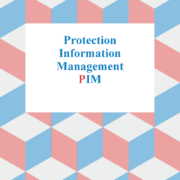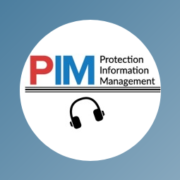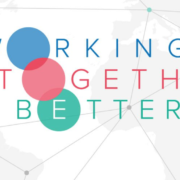In Sept we heard a few examples on how protection and IM colleagues are using PIM in the field:
“Human rights colleagues are institutionalizing the IM position. We shared the PIM core competencies list with them to inform their hiring and terms of reference. PIM shows them how IM can serve their needs.”
“Aspects of the PIM framework — related in particular to case management, security, and situational awareness — fed into input around the setting-up of structures related to transitional justice mechanisms in Sri Lanka, and how these structures will play out in the months and years to come.”
“We use it to avoid duplication. We can leverage existing data sources, make sure we start with what is already out there.”
“PIM helps me as an IMO to structure my thinking, and to discuss/work with senior management and protection when they ask us for a profiling or a needs assessment. They tend to come to us with the tools they think they need; PIM categories help us show them what results are generated from different activities or methods. And the Defined Purpose [PIM] Principle helps them to define what they want.”
“Aspects of the PIM framework — related in particular to case management, security, and situational awareness — fed into input around the setting-up of structures related to transitional justice mechanisms in Sri Lanka, and how these structures will play out in the months and years to come.”
“PIM is useful to advocate with the Government to make them understand that we do certain activities (e.g., a needs assessment) in many countries, to explain what protection actors generally do, and what the purpose is. It’s [the Government’s] underlying fear is that we do human rights monitoring and our reports will be a boomerang against them. So PIM shows them that our activities are commonly carried out at the global level … We have more authority.”



